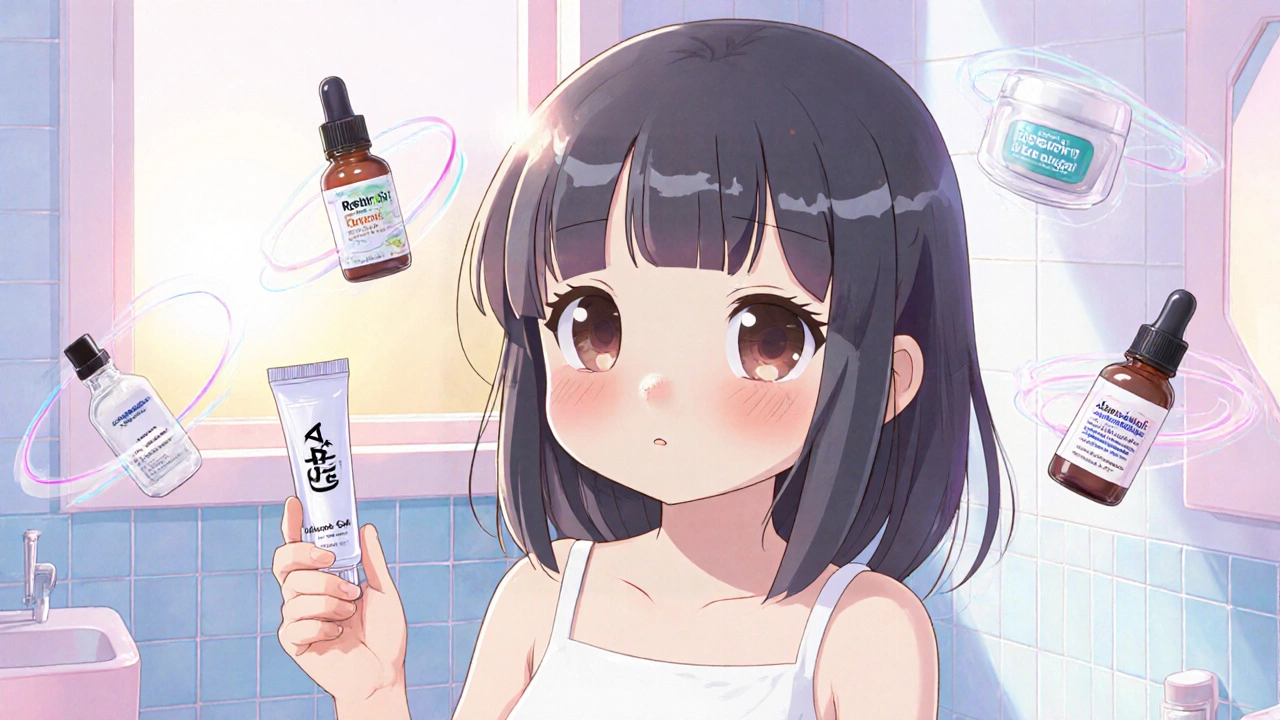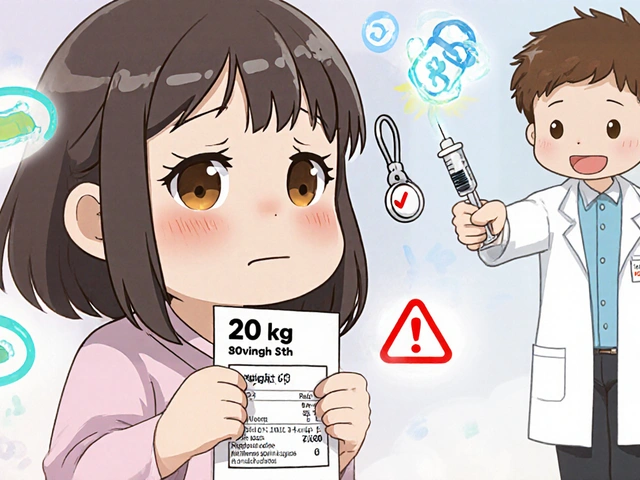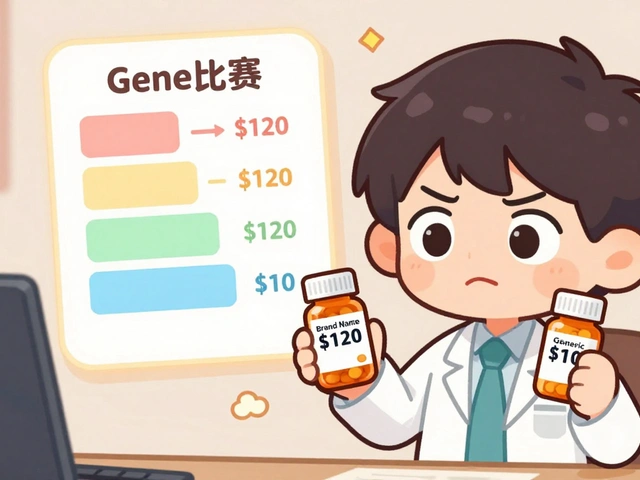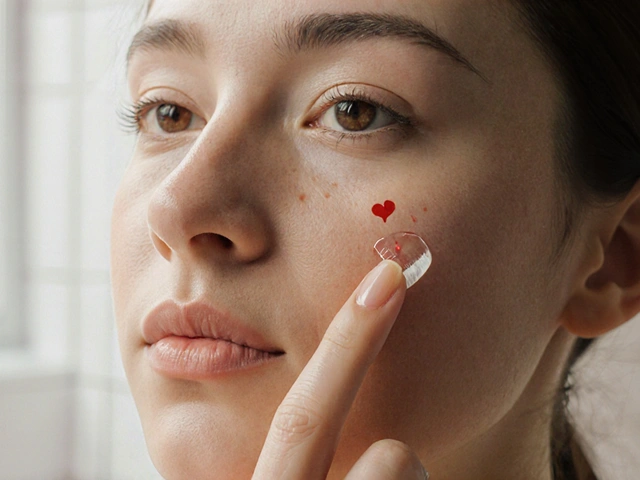A‑Ret Gel – What It Is and How It Works
When you see A‑Ret Gel, a prescription‑strength tretinoin gel used to treat acne and smooth skin texture. Also known as tretinoin gel, it targets clogged pores and speeds up cell turnover. That definition sets the stage for everything else you’ll read here.
At its core, tretinoin, the active ingredient in A‑Ret Gel is a form of vitamin A. It belongs to the broader class called retinoids, compounds that regulate skin cell growth and inflammation. Because retinoids influence how quickly skin cells rise to the surface, they can clear out the dead cells that block pores.
Why Dermatologists Recommend A‑Ret Gel
Dermatologists often prescribe A‑Ret Gel for moderate to severe acne because it works on two fronts: it reduces the formation of comedones and it lessens the inflammation that makes pimples red and painful. In practice, patients report smoother skin and fewer breakouts after several weeks of consistent use. The key is patience—cell turnover takes time, and the skin needs to adjust.
The relationship between A‑Ret Gel and acne is pretty direct: the gel → targets clogged pores → reduces breakouts. That simple chain explains why the product is a staple in many acne‑fighting routines. It also means you’ll see a gradual improvement rather than an overnight miracle.
Side‑effects are part of the picture. Dryness, peeling, and mild irritation are common, especially during the first two weeks. Those reactions influence adherence, so most doctors advise using a gentle moisturizer and limiting sun exposure. Understanding how side‑effects impact usage helps you stay on track and get the results you want.
When comparing A‑Ret Gel to other acne options—like benzoyl peroxide, salicylic acid, or newer retinoids such as adapalene—you’ll notice a few trade‑offs. A‑Ret Gel tends to be more potent, which can mean faster results but also a higher chance of irritation. Over‑the‑counter retinoids are milder, making them better for beginners or sensitive skin. Knowing these nuances lets you pick the right strength for your skin type.
Application technique matters as much as the product itself. Dermatologists recommend cleaning the face, waiting until it’s completely dry, then applying a pea‑sized amount of gel to the affected areas. Using more than prescribed won’t speed up results; it will only increase the risk of side‑effects. Consistency—once daily, usually at night—creates the steady environment retinoids need to work.
Beyond acne, many users turn to A‑Ret Gel for anti‑aging benefits. Because retinoids boost collagen production, they can soften fine lines and improve overall skin tone. That secondary benefit expands the gel’s audience to anyone looking for smoother, more youthful skin.
Cost and accessibility are practical considerations. A‑Ret Gel is a prescription medication, so you’ll need a doctor’s note and a pharmacy that carries it. Prices vary, but many insurance plans cover a portion of the cost. If you’re shopping around, compare pharmacy prices and check for generic tretinoin options that work the same way.
Safety guidelines are straightforward. Avoid using A‑Ret Gel if you’re pregnant, planning to become pregnant, or breastfeeding—retinoids can affect fetal development. Also, don’t combine it with other strong exfoliants or isotretinoin unless a dermatologist says it’s safe.
In short, A‑Ret Gel is a powerful acne‑treatment tool that works by speeding up skin cell turnover, reducing pore blockage, and calming inflammation. It fits into a broader retinoid family, interacts with other acne therapies, and offers anti‑aging perks when used correctly.
Below you’ll find detailed articles covering dosing tips, side‑effect management, comparisons with other acne medications, and buying guides to help you make informed decisions about A‑Ret Gel and related treatments.
A‑Ret Gel vs Other Retinoids: Which Is Best for Your Skin?

A clear, side‑by‑side comparison of A‑Ret Gel (tretinoin) with top retinoid alternatives, plus a decision guide and practical usage tips.
read more



